- Joined
- Aug 14, 2009
- Messages
- 27,263
I haven't used one yet, but I've thought about it for a while. The problem is that they aren't cheap. You could get a few necklaces instead. If you just wear pearls or make jewelry, I don't think it's worth it. But if you sell loose pearls with pictures and videos, it could help give a consistent unit measurement instead of traditional human inspection. Based on this poll, we can be sure that people will have different visual judgments when inspecting images. This poll also applies when qualifying pearls, which can give inconsistent qualifications. These machines are pretty simple. The luminance meter measures the amount of light that falls and reflects on a surfuce whitin a space in lumens. Based on that, it's easy to give customers a comparison percentage. Most of the time, these machines are used in photos or screens, but it's funny that no one thought to use them in pearls.
Yes, creating topics is an art form and it requires some work, which is why I visit this forum, but you took it to another level by incorporating other sources. I have yet to see an influencer who can pique people's interest with words rather than a pearls image or a model wearing pearls.
So this is interesting.
I've never used a light meter of any sort so tried to find out a bit more. Recognized this vendor from some of the stuff I've been reading.
https://sensing.konicaminolta.us/us/blog/luminance-vs-illuminance/
- A luminance meter measures the amount of emitted or reflected light from a surface.
- An illuminance meter (lux meter) measures photometric brightness falling upon a surface.
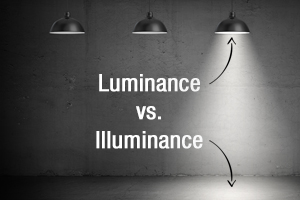
I'm guilty, I totally mudge up all of these words - luminance, illuminance, brightness, lightness. Oops. Anyway. Pretty clearly we'd want a luminance meter just as you said.
LS-160: https://sensing.konicaminolta.us/us/products/ls-160-luminance-meter/
LS-160 user manual: https://sensing.konicaminolta.us/wp-content/uploads/cs-ls-150-160_instruction_eng-ci1x49mk85.pdf
From the specs on Pg 110:
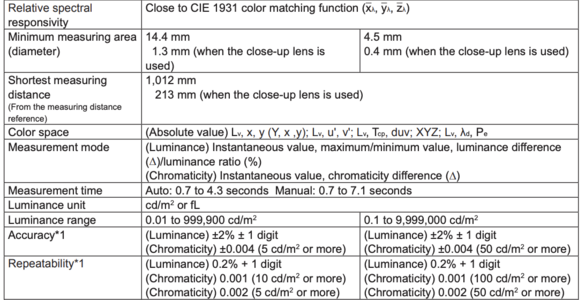
So if you stick a macro filter on the front of this thing it can read from a 0.4mm measurement area. That's tiny!! More than small enough for pearly uses!!
A question though. This might be me being an ignorumpus. Output is in cd/m^3. Customers are probably going to think #MoreCandelasMustBeBetter because #LightGood. Would you end up stuck trying to explain that human eyes will interpret the exact same luminance deltas as higher-contrast when the surface is darker because they actually register the cube root of physical intensity and OMG what are you talking about...? Or does calibrating the device transform readings into a colour space that better represents how we actually see? The spectral responsivity = CIE XYZ colour matching function line makes me think maybe you'd have to get additional conversion software to avoid having really confused customers
I've definitely seen pearls modelled as both light sinks and light sources - the source being all the energy that's transmitted into the nacre. Whether it bounces off the nucleus or enters the nucleus and exits later - either way it's contributing to pearls-being-lit-from-within at the expense of surface reflection intensity.
Assuming the same absorption - I guess I should actually say assuming the same conchiolin pigmentation through all nacre layers - higher nacre quality pretty much always means "more evenly-sized and evenly-shaped thin tablets packed together tight and orderly into lots of thin layers of nacre". All of which contributes to a more glossy surface with higher reflectance. So... If given a choice, would most people prefer a less lit-from-within pearl that's more sharply reflective, or the opposite? (How dramatic would the difference have to be to be seen - how much of that nuance is even perceptible to our vision)?
I don't know!!
Last edited:


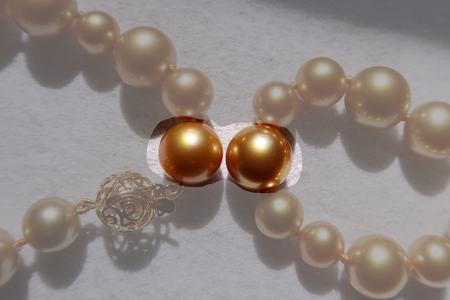
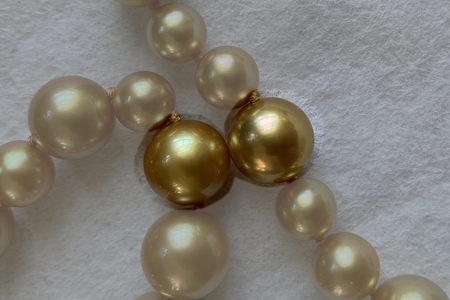
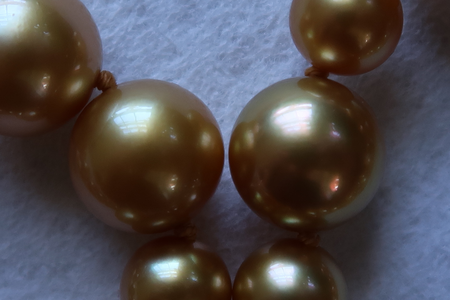


300x240.png)